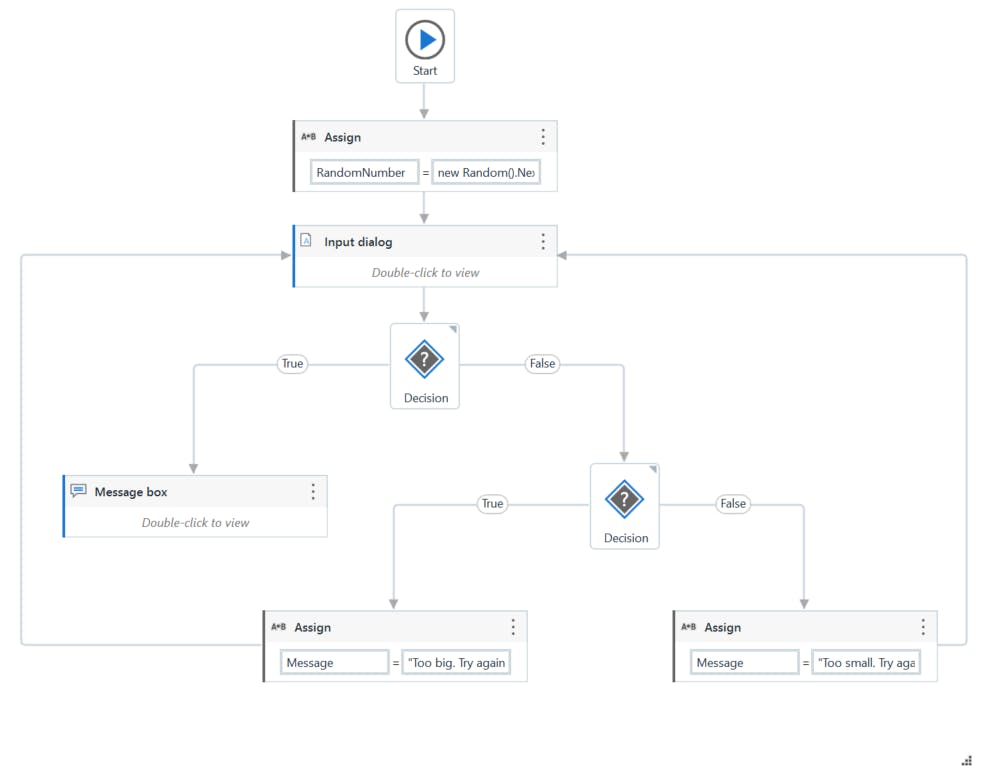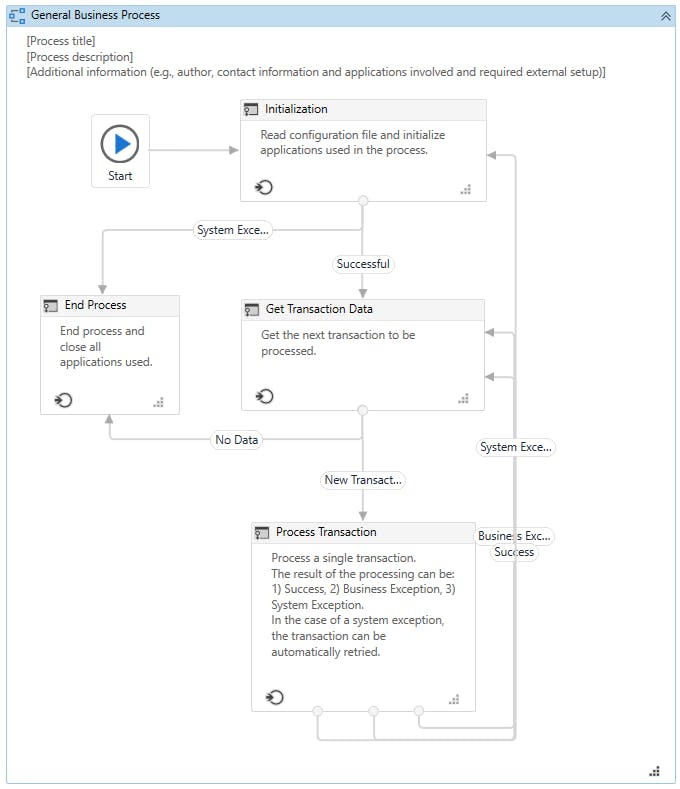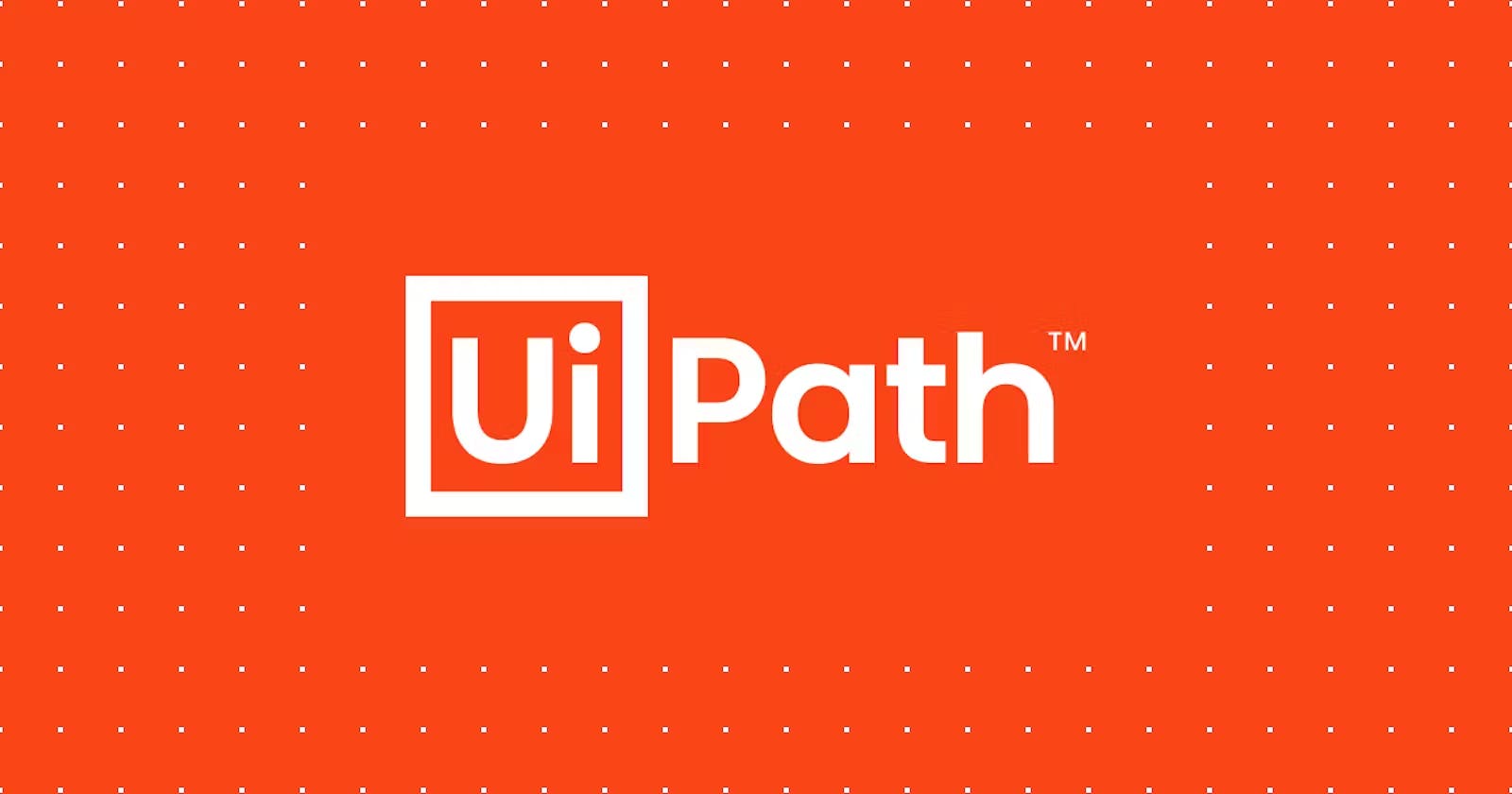Table of contents
Back when I started learning how to use UiPath, choosing the type of workflow I should use to develop a specific piece of code was one of my biggest difficulties. Don't get me wrong. Even today, I still encounter this difficulty. However, as you gain more experience and knowledge, more straightforward it is to choose the right type of workflow.
When entering the UiPath application, instead of starting right away with code development, the very first step is choosing the type of workflow we'll be working on. This task is equally as important as developing code that respects good development practices. You are probably asking yourself: "Why is it so important what type of workflow I choose at the beginning? How will it influence the code development? Can't I just pick one randomly?".
Fortunately, I am willing to provide you with insights about each type of workflow available in UiPath. Picking a specific type of workflow is like weighing all the advantages and disadvantages of each type of workflow on a scale and carefully considering the most appropriate type of workflow. This is a decision that has to be well thought out because it will have marked consequences on the structure of the code development. Not just on the structure, but also it will have a tremendous impact on the understanding of the code developed by another user.
Ready to learn more about each type of workflow?
1.Sequence
A Sequence is the standard workflow in UiPath. It represents a structured collection of activities that are executed sequentially to automate specific tasks or processes. Since it provides a sequential logic, each activity within the sequence waits for the previous one to complete before it starts, as shown in the figure below.

It's the most organized workflow layout and it is usually used to nest workflows with simple logic and with a clear succession of steps. For that reason, this type of workflow is commonly used for the automation of web browsers, web apps and applications (generally known as UI Automation).
Although sequence workflows have an easy-to-understand structure, when you work with too many nested conditions, it becomes difficult to read the process. And this is where flowcharts come into play.
2.Flowchart
A Flowchart is another type of workflow used to create more complex and branching automation processes. It provides a visual representation of a series of scenarios of activities and decisions, allowing you to define different paths of execution based on conditions and outcomes, as shown in the figure below.

A flowchart is particularly useful for automating processes that involve multiple decision points and various possible scenarios.
Compared to sequence workflows, a flowchart is at least visually much easier to understand when you have a complex process with several nested conditions. It offers the ability to present multiple branches in a single workflow, with a variety of activities linked together in various ways.
Unlike sequences, flowcharts also offer the ability of parallel execution. For example, let's imagine you need to perform multiple actions simultaneously. How is that possible? Well, one thing is for sure. You need to use flowcharts to have the capacity for parallel execution.
3.State Machine
The third type of workflow that UiPath offers is State Machine. But what is a State Machine?
A State Machine is a specialized type of workflow used to create automation processes that have distinct states and transitions between those states, as shown in the figure below.

As you can see, a state machine is an abstract machine consisting of a finite number of pre-defined states and transitions between these states. They are particularly useful for modeling processes that involve a series of well-defined stages, where the flow of the process depends on the current state and the conditions that trigger transitions to different states.
This type of workflow is usually accommodated for more complex and continuous processes that cannot be captured by simple sequences or flowcharts.
Hope you liked this article. Let me know your thoughts in the comments below. You can also link up with me on this platform and join my Discord Server!
